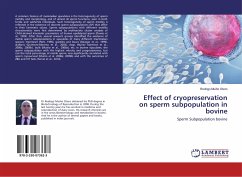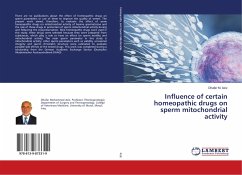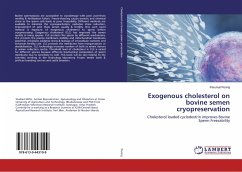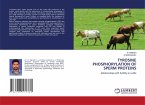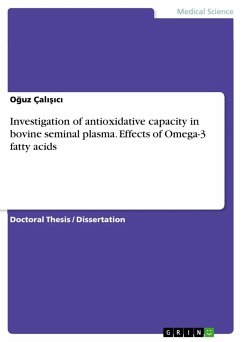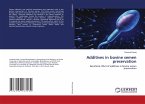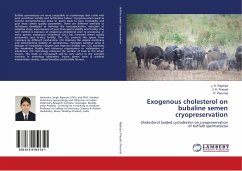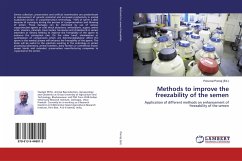A common feature of mammalian ejaculates is the heterogeneity of sperm motility and morphology, and of almost all sperm functions, seen in both fertile and subfertile individuals. Such heterogeneity of sperm motility is reflected in the existence of discrete sperm subpopulations (SP) that differ in their kinematic values. Sperm subpopulations with different motility characteristics were first determined by multivariate cluster analysis of CASA-derived kinematic parameters of human epididymal sperm (Davies et al., 1993). After that, several research groups identified the existence of motile sperm subpopulations in ejaculates of many different mammalian species: marmoset (Holt, 1996), gazelles and boars (Abaigar et al., 1999), stallions (Quintero-Moreno et al., 2003), dogs (Nuñez Martínez et al., 2006a, 2006b), bulls (Muiño et al., 2008a), etc. In bovine ejaculates, the sperm subpopulation with the highest velocity and progressiveness, but not the total percentage of motile sperm, was significantly correlated with sperm cryosurvival (Muiño et al. 2008a; 2009b) and with the outcomes of ZBA and IVF tests (Ferraz et al., 2014).
Bitte wählen Sie Ihr Anliegen aus.
Rechnungen
Retourenschein anfordern
Bestellstatus
Storno

